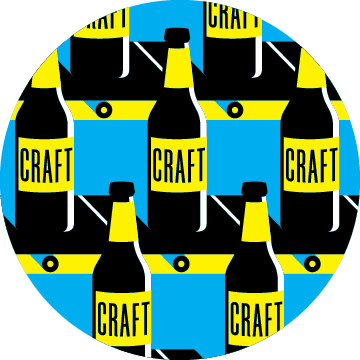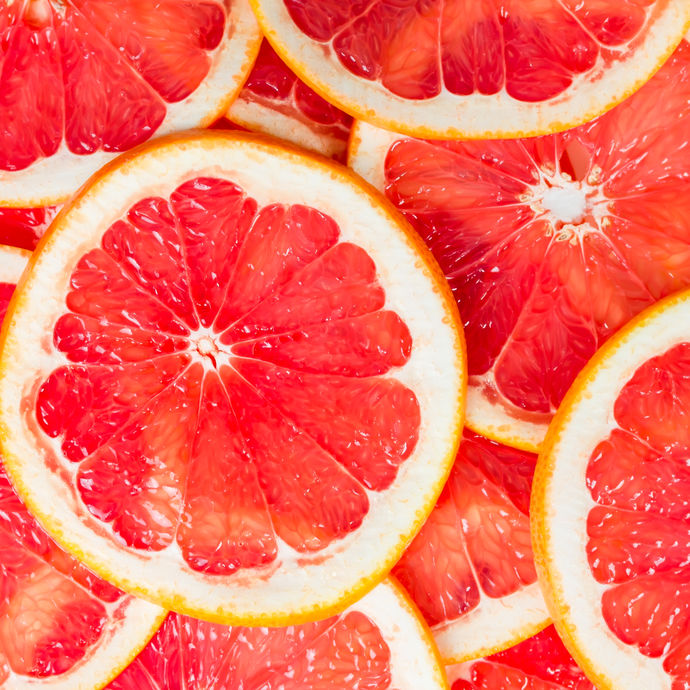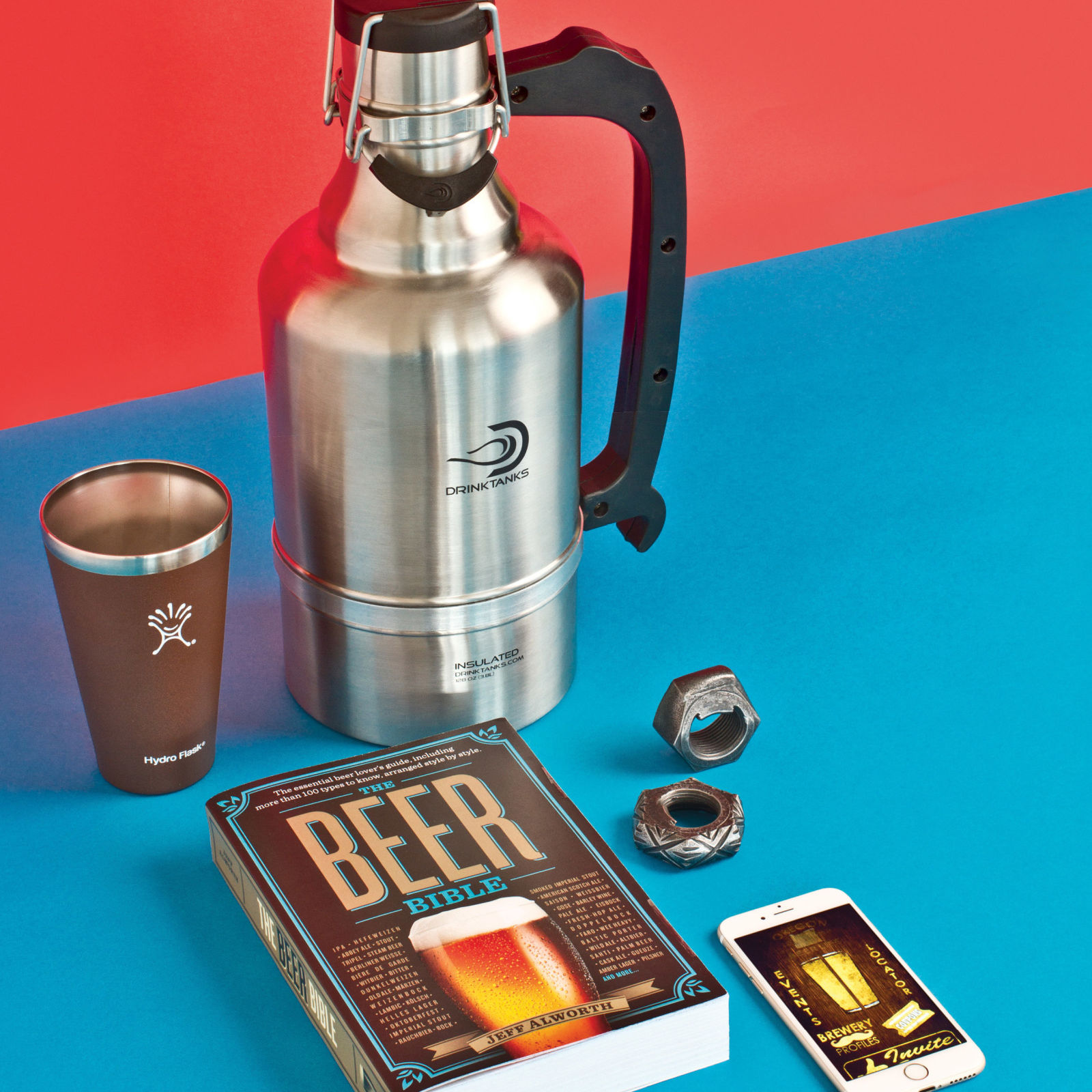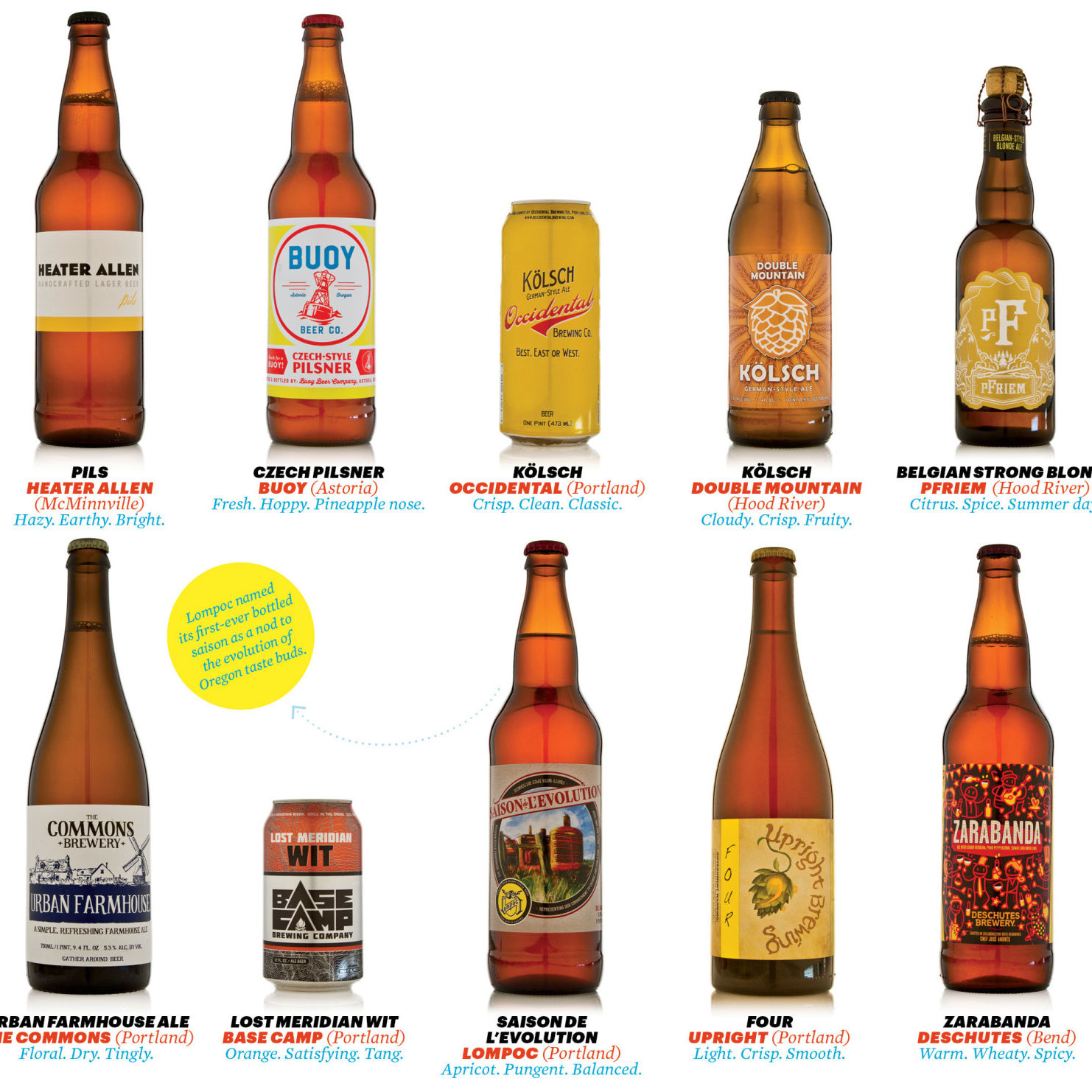Little Big Beer: Why Bud Wants to Buy Your Local Brewery

Image: Matt Chase
When Anheuser-Busch InBev purchased Bend’s 10 Barrel Brewing late last year, no one was more surprised than the brewery’s newest hire—head brewer Whitney Burnside. Burnside, a veteran of Laurelwood, Upright, and Pelican, had been hired just a month earlier to take over 10 Barrel’s planned Pearl District location. Amid the public outcry, she did the only thing she could. She kept brewing.
“I’m making the same craft beer as anyone that isn’t owned by a bigger company—but I’m not technically
labeled as craft,” says Burnside. “It does bother me.”
Unwittingly, Burnside has landed in the center of a fight over the concept of “craft beer”—defined by the Brewers Association as “small, independent, and traditional.” Nationwide, the craft segment accounts for nearly 20 percent of the entire beer industry—one slice out of five of beer’s overall $100 billion pie. And AB InBev and MillerCoors, who together control about three quarters of the American beer market, have begun sticking their fork in that particular slice. Even while taking pot shots at mustachioed beer drinkers in a now infamous Super Bowl ad, AB InBev has swallowed venerable craft brands across the country, including Chicago’s Goose Island, Long Island’s Blue Point, and Seattle’s Elysian. MillerCoors, too, is developing and expanding its in-house “craft” brands like Blue Moon and AC Golden while purchasing strategically small minority stakes (less than 25 percent) in brands like Georgia’s Terrapin—allowing those breweries to maintain their craft beer status.
“These companies are a little late to the game but have gradually figured out what they want about craft,” says Dick Cantwell, cofounder of Elysian Brewing Company. “The key to their acquisitions is great beer and strong brands.”
Cantwell quit Elysian in April after AB InBev purchased it from his partners against his wishes. He says the company’s monetary might gives its “craft” breweries significant advantages in the marketplace, including vast distribution networks, opulent advertising budgets, and long-term hop contracts for hard-to-get varietals.
“It’s not a level playing field,” he adds.
But craft beer’s success hasn’t slowed. The industry’s economic impact in Oregon alone has almost reached $3 billion. With 220 breweries statewide, and an average of two new breweries opening each month, the demand for new, locally made beer is growing. Last year, those breweries enjoyed roughly 15 percent growth in production and sales.
Still, it’s Oregon—land of the skeptics. Fears abound.
“I truly believe the 10 Barrel deal was horrible for craft beer. Maybe not short-term, but certainly long-term,” says Mike Haines of Vertigo Brewing in Hillsboro. “There’s a tough fight coming.”
“Can you imagine if Walmart bought New Seasons?” asks Breakside Brewing’s Scott Lawrence, who says he’s repeatedly turned down outside investors for his five-year-old Portland brewing company. “I would never sell Breakside to some foreign-owned conglomerate that wants to crush local, small business.”
Of course, five of Oregon’s seven largest breweries already have out-of-state overlords. The state’s oldest craft brewery, Bridgeport, has been owned by the Gambrinus Company of Texas since 1995. Thirty percent of Widmer Brothers’ profits go to AB Inbev in Belgium and Brazil. Portland Brewing Company—and its sister, Pyramid—are owned by Florida Ice and Farm Co, which itself is based in Costa Rica. And Hood River’s Full Sail, until recently proudly employee-owned, sold this year to a California-owned holding company misleadingly named the Oregon Craft Brewers Co.
According to Andy Goeler, CEO of AB InBev’s craft division, the “selling out” narrative unfairly casts them as predators. Goeler frequently talks to brewers who are hoping to drum up interest in a sale.
“We get a lot of calls, a lot of interest,” he says.
Back in 10 Barrel’s brand-new Pearl District pub, crowds rarely leave much elbow room at the bar. Whitney Burnside’s biggest seller—the Pearl IPA, a fresh, lip-smacking brew redolent with pineapple and passion fruit and brewed with coveted Mosaic, Simcoe, and Amarillo hops—lubricates the boisterous atmosphere. Here, the maneuvers of distant conglomerates crystallize into a simple question: Do we care if this is craft beer?







